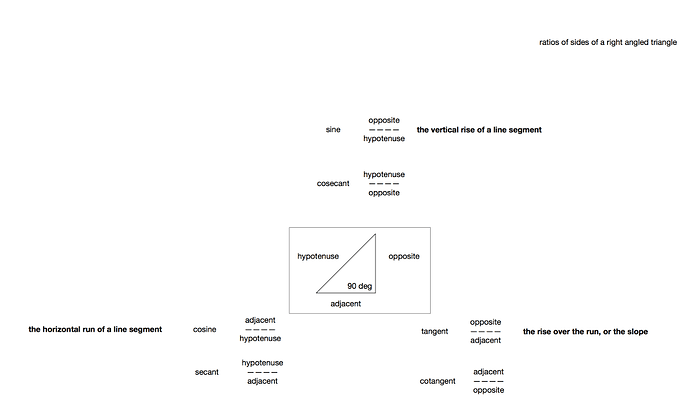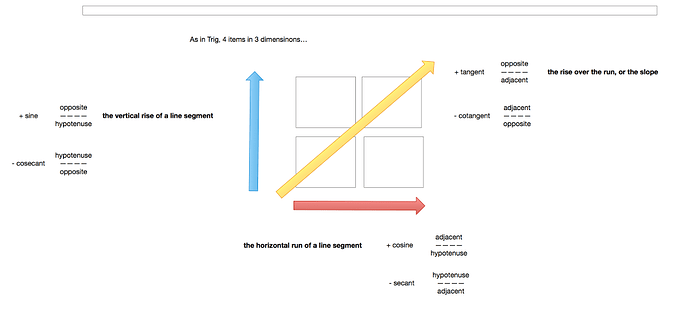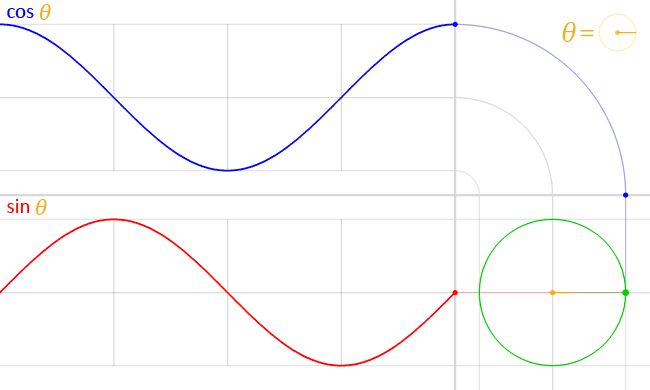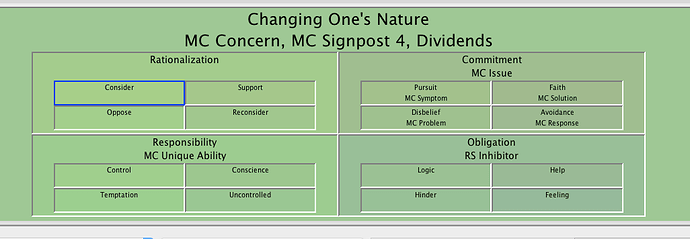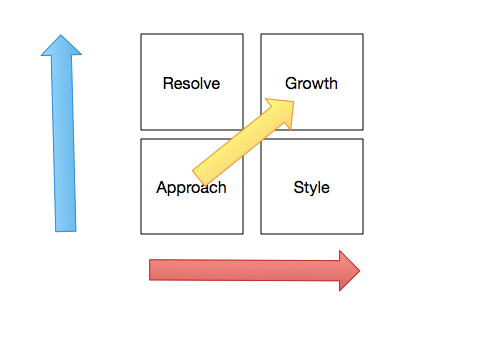Chapter 17 SINE COSINE AND DRAMATICA (!)
“So on the one hand, each quad handles the four items in three dimensions (as does Trig), cycling through them over time to create the standard functions. In three dimensions this creates a circle (plotted on the quad) or the plot of the standard functions (such as sine and cosine) as the story unfolds over time, linearly. But if you move onto the RELATIONSHIPS of the items in each quad, it adds that extra dimension and that extra function.”
“In other words, the quad and the relationships allow both a three dimensional and four dimensional projecting of reality to exist in the same time/place.”
“You can get a feel for this by looking at how Trig plots out a Sine wave. In a quadrant, it seems to run around the quadrants creating a circle. But plotted over time along an axis, you get the never-ending sine wave.”
“But if you add the extra extra dimension, you see a helix, like a slinky toy, which from the end looks like a circle but when stretched out and seen from the side looks like a sine wave.”
–Melanie
“Look to the three kinds of pairs, Dynamic, Companion and Dependent. Note that each has a positive and negative aspect. You’ll find a direct correlation.” – Melanie
dramatica sine cosine.pdf (59.5 KB)
https://en.m.wikipedia.org/wiki/Sine (you can see the quadrant and wave form here)
Not as difficult as it looks, for anyone who has ever even written a little Javascript. There are six functions that exhaustively describe the relationships of all the sides of a right angled triangle in trigonometry, simple in themselves, profound in their implications about space and time. The same six are used to describe the quad, but then Melanie and Chris added two functions, Independent and Collective, to describe the journey of the quads relationships through time.
One of those chapters where you go, oh, right, of course it works that way. But seeing it, and coming up with it as Chris and Melanie did, are two different things.

